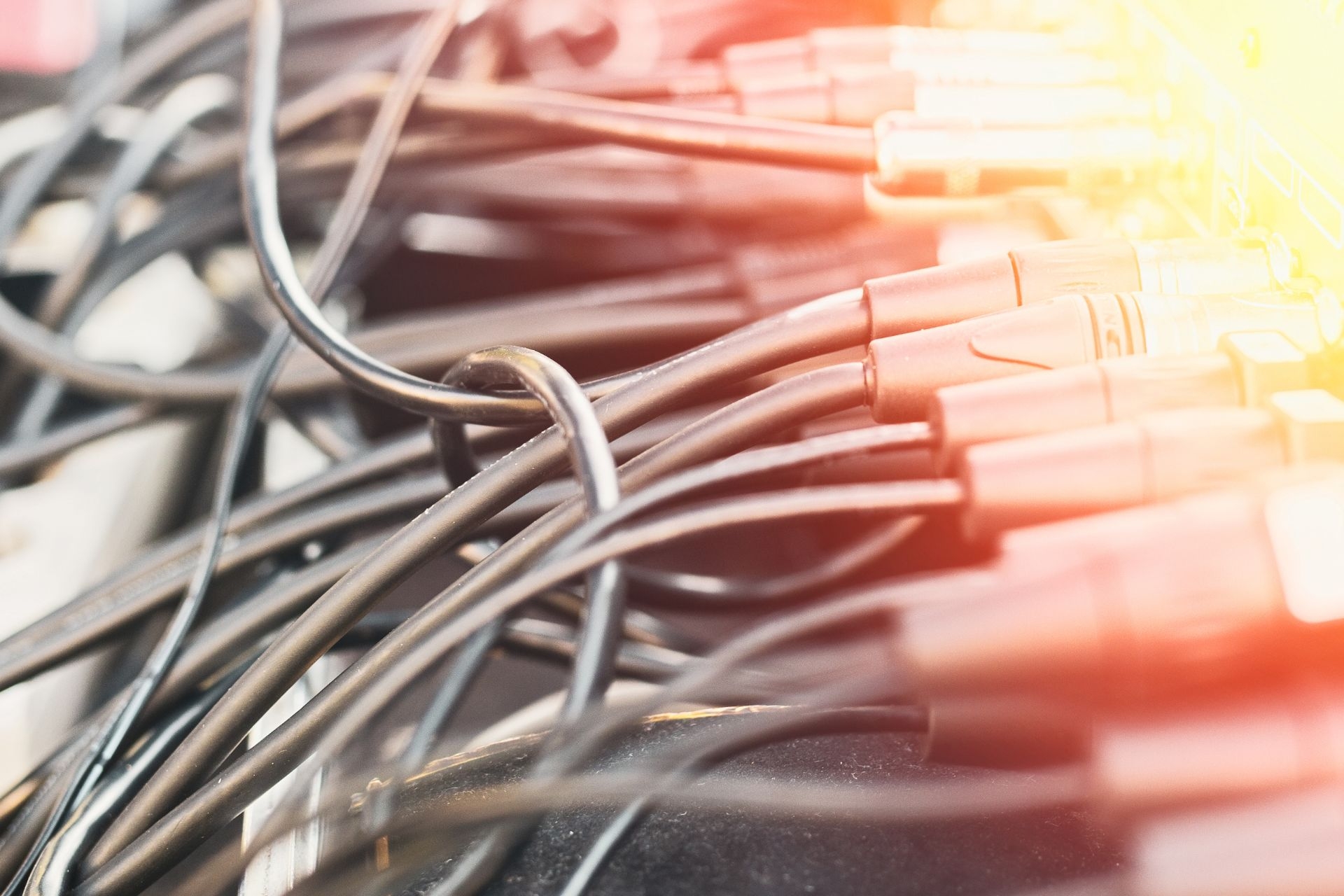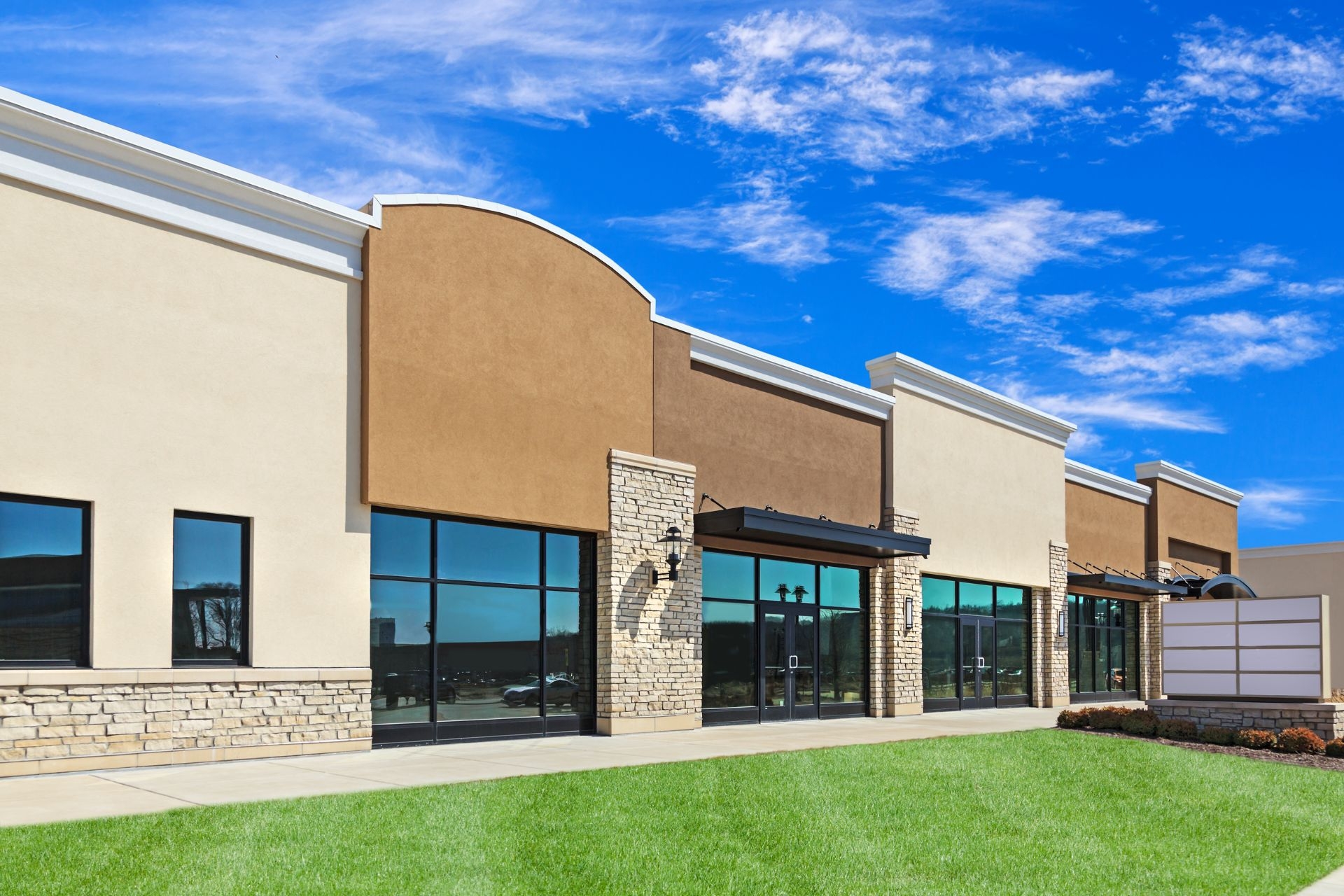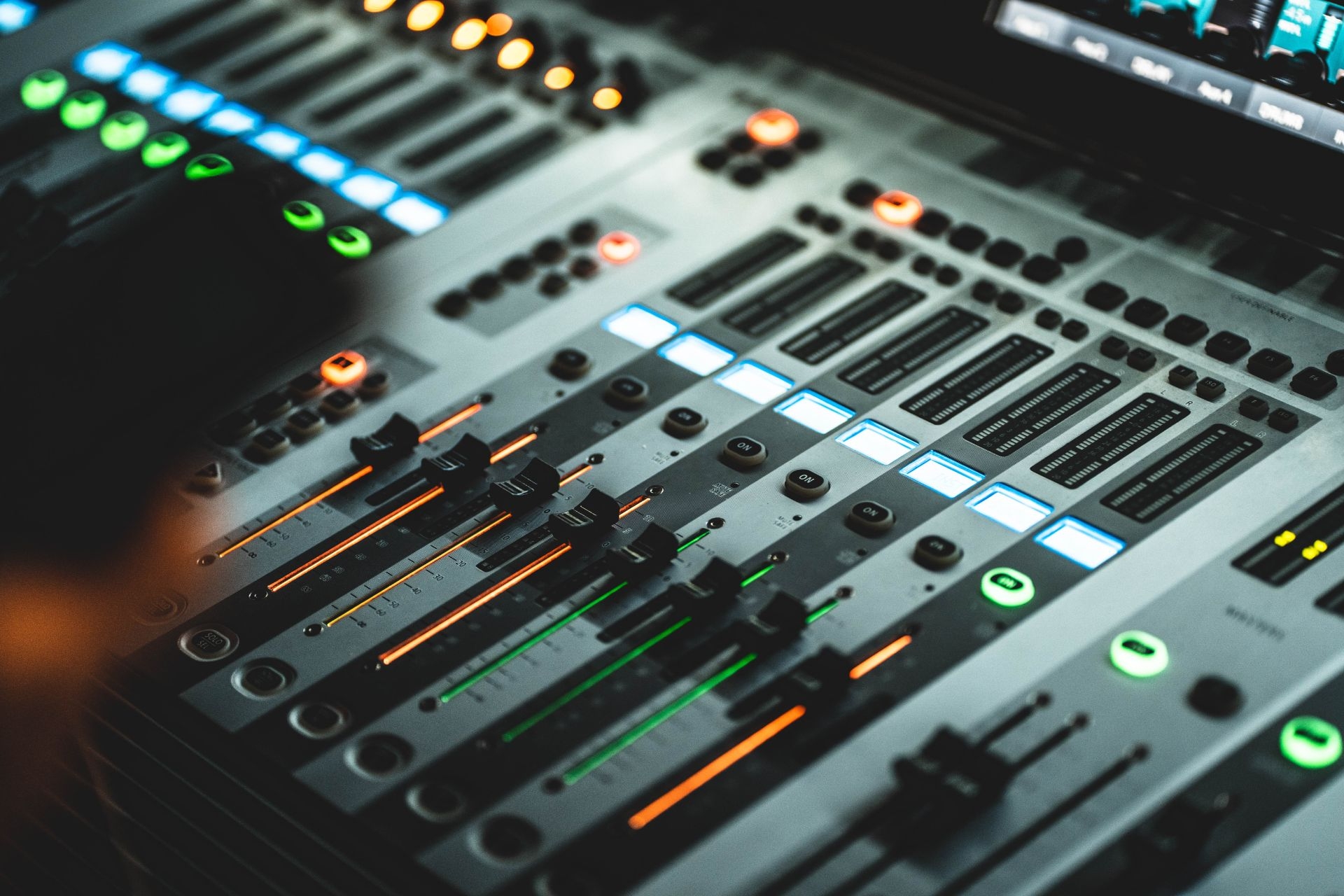Autofocus Mechanism
How does the phase detection autofocus mechanism work in DSLR cameras?
Phase detection autofocus in DSLR cameras works by splitting the incoming light into two separate beams, which are then compared to determine the phase difference. This phase difference is used to calculate the distance to the subject and adjust the lens accordingly to achieve sharp focus. By utilizing dedicated phase detection sensors, DSLR cameras can quickly and accurately focus on moving subjects, making them ideal for sports and action photography.



